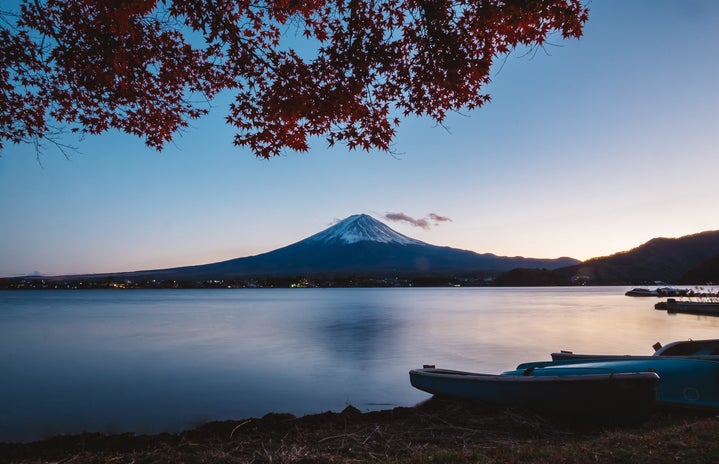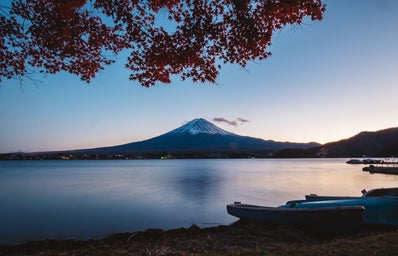Wolves in Early America
Before the arrival of European settlers, the gray wolf, like many other native species such as buffalo and bison, roamed the prairies and forests of North America. However, as the settlers continued to push westward and drive off the prey of these apex predators, their population went into a steep decline. The lack of food drove the packs to target the herds of farmers, which led to a spike in hunting. Wolf pelts and heads were also a status symbol that many hunters and farmers wanted desperately.
A History of Wolves in Yellowstone
The gray wolf has natural territory within the boundaries of Yellowstone National Park, established in 1872. By 1970, there was not only no evidence of any wolves in Yellowstone, but less than 60 wolves observed in the entire country. We were so close to losing one of the most majestic creatures our nation has. However, in 1973 with the passing of the Endangered Species Act, which made the tampering with and killing of endangered species or their habitats punishable by law, eyes turned to the gray wolf and Yellowstone was the perfect place to begin conservation.
Why Yellowstone?
The famous national park is ideal for the reintroduction of the extinct species for a variety of reasons. The park is a self-sustaining ecosystem, it’s protected by law and dedicated park rangers, and the activities of the wolves could be photographed and studied in a way that wasn’t exploitative. Scientists estimated that the presence of wolves would not destroy the prey population or throw the other predators out of whack. After all, they were once a strand of the food web in this very area.
The Release Process
Wolves cannot be released on their own, they need a pack. During 1995, the first year, 14 wolves were captured from Canada and temporarily penned in Yellowstone. In the pens, the wolves were weighed and collared so that they could be observed and tracked. Other than that they had minimal human interaction. They were then released into Yellowstone. In 1996, another 11 wolves underwent the same process. Since then, there hasn’t been a need to bring in wolves as the population continues to steadily rise naturally. It was a huge success.
The Impact
Overall, the reintroduction of gray wolf packs has had positive impacts on the ecosystem. They have curved the Elk population, who if unchecked would overgraze the local grass and other plants. The wolves’ leftovers of carcasses also provide food to scavengers and nutrients to the soil. They also, by competition and hunting, keep the local coyote population under control. Coyotes go after smaller prey such as rodents and birds, who are important to maintain balance.
The Unexpected
What’s exciting about the Yellowstone Wolves now? Why am I writing this article in 2022? Well, as anyone who loves stories about deep woods or has been to Yellowstone knows, wolves are not the biggest predator out there. Grizzly bears are truly the top predator in town, and their interactions with the wolves have been fascinating to observe. It’s important to note that grizzly bears have been known to eat wolves if they can catch one and prey is scarce. The presence of a hungry grizzly would make any person paralyzed with fear, but it seems to bring out the opposite in wolves. When the wolves make a kill and they sense a grizzly is nearby, they have been observed to spend extra time around the carcass. Almost as if they don’t want to surrender their prey to their competition or want them to try to attack. This behavior was surprising to scientists and extraordinary to observe as we can learn about their interactions in the wild.
Today
As of 2022, there are 89 wolves in Yellowstone. This number is regularly monitored and kept in check by euthanizing in order to avoid overpopulation and the spread of disease. From 2020-21, 3 wolves were known to be killed by illegal hunting and one wolf pup was killed by a passing vehicle. The actual number is probably much higher as for many wolves, the cause of death is “unknown.” The wolves are a delicate population that need our protection and passion about their conservation in order to continue to flourish. Protect the Pack.
Source:
All statistics and background research can be found on the National Park Service’s website. The article on the Yellowstone Wolves is linked below for additional reading:

